One of the biggest decisions you make as a teenager is choosing your first starter bra. Here’s everything you need to know on how to measure your first bra size.
Everything from choosing the design and colour to measuring your first bra size is exciting. However, you might be unsure of how to find your bra size and feel too awkward to talk to someone about it. If this is the case, we’re here to guide you through choosing and measuring your first bra.
If you’re wondering how to buy your first bra and get the right size, consider this your bra measuring guide. All you need is a measuring tape to find your perfect fit. Alternatively, head to your local shop and ask a qualified bra adviser to measure you for your bra
Keep in mind that bra sizes in South Africa are calculated in inches, even though we typically use centimetres for this sort of thing.
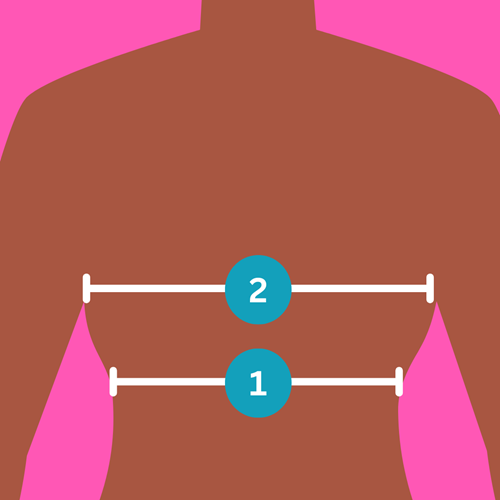
Using a tape measure, measure under your bust, directly under where your breasts start to protrude. This underbust measurement will be your band size. Bra band sizes go up in increments of 2 inches, so this measurement will be an even number, like 32, 34, 36, and so on.
Then, measure your bust over the fullest part of your breasts. Make sure the tape measure isn’t too tight. This will give you a comfortable bust measurement.
Subtract your band size from your bust size. The difference in inches corresponds to your cup size. Each inch difference equals a different cup size. For example, a 1-inch difference is an A cup, 2 inches is a B cup, and so on.
For example, if your band size is 32 inches and the fullest part of your bust measures 34 inches, the difference is 2 inches, making you a 32B.
If you’re unsure of how to measure bra size for the first time, head to your local shop and ask a qualified bra adviser to measure you for your first bra size. At a professional bra fitting, an expert takes your measurements and suggests the right-sized bra for you.
Searching for your first starter bra can be intimidating. There’s a variety of shapes, sizes and styles out there. Fortunately, we’ve put together this bra guide to help you make the right choice.
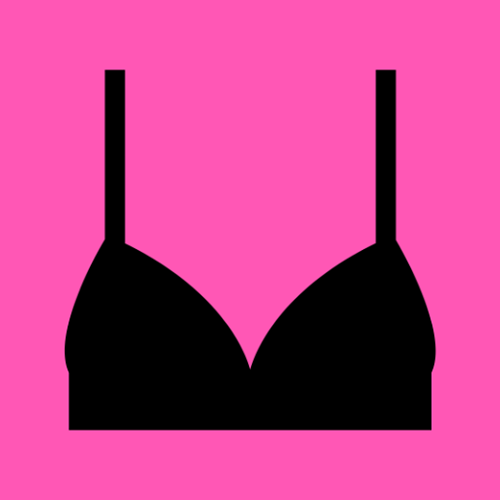
Training bras are designed to be your first bra, so wearing one is a great way to get used to having a bra on. It can feel pretty strange at first, but you’ll soon get used to it! The design of training bras is quite versatile, so if you don’t accurately measure your first bra size, that’s totally fine. Training bras provide light support, modest coverage, and comfort, so if you aren’t ready for a cupped bra yet, a training bra should be just right for you.
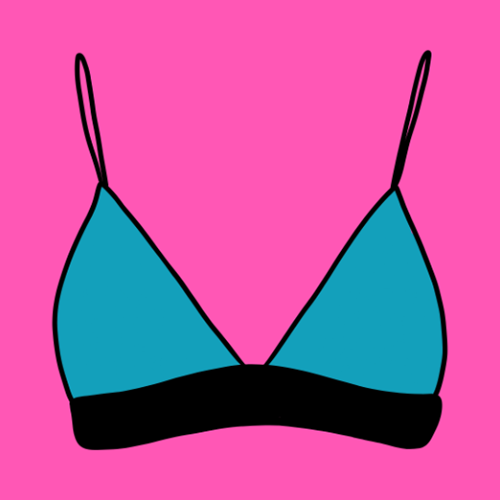
Non-wired or soft bras have cups that give you shape and support. They are a great starter bra, being ideal if your breast buds are starting to develop further and you need a little more support.
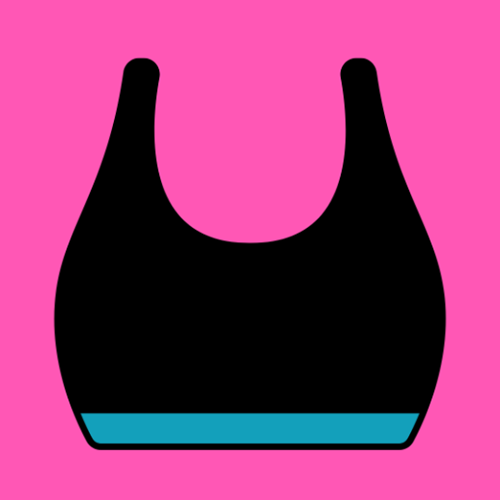
As your breasts grow, they may start to bounce or move while you exercise, which can be uncomfortable and even painful. Sports bras help reduce the movement of your breasts during exercise and make you feel more comfortable and supported. Wearing a sports bra for exercise also protects the ligaments that support the breasts. If you’re on the hunt for your first set of bras and you enjoy an active lifestyle, a sports bra is a must.
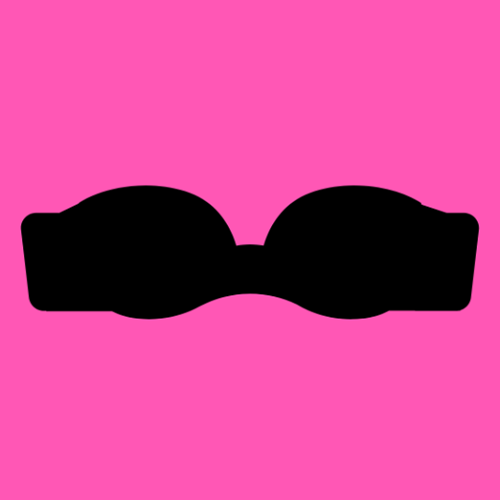
Strapless bras work in the same way as a regular bra and let you remove or adjust the straps. This is useful when you're wearing a top or dress and you don't want your bra straps to show, especially if you don’t want strap tan lines!
A training bra is a type of bra designed for young girls who are just beginning to develop breast tissue, typically between the ages of 8 and 14. They’re usually a lightweight, unlined design with soft cups. Training bras often resemble crop tops.
The purpose of a training bra is to provide you with support and coverage as you start to grow breasts. It's important to remember that a training bra is not meant to enhance or alter the shape of your breasts, but rather to provide a comfortable and secure fit.
So, when should you get a first bra? You might find that as you go through puberty and start to develop breast tissue, your breasts can be sensitive or tender. Wearing a training bra can help alleviate some of this discomfort by providing a layer of padding or fabric between the skin and clothing. They also help you get used to wearing bras to make the transition easier.
Training bras come in a variety of styles and materials, including cotton, nylon, and spandex. Some have adjustable straps and hooks in the back, while others are simply stretchy and pull over the head. It's important to choose a training bra that fits properly and feels comfortable, as an ill-fitting bra can cause discomfort and pain.
Wearing the correct bra size is crucial for comfort, breast health, posture, confidence, and preventing discomfort and pain. An ill-fitting bra, whether too tight or too loose, can cause discomfort, and back, shoulder or neck pain. Wearing the wrong bra size can also restrict movement, cause poor posture and potentially lead to skin irritation. So finding the right-sized bra isn’t just a fun milestone, but an important health matter.
A well-fitted bra provides proper support to maintain the natural shape of the breasts, which is important during teenage development. It also contributes to good posture, supporting the chest and upper body for overall musculoskeletal health. Additionally, wearing a bra that fits well enhances confidence, an important factor during the challenging teenage years.
In South Africa, bra sizes consist of two components: a band size and a cup size. The band size is a number corresponding to the measurement around the ribcage just under the bust. The cup size is represented by letters and indicates the measurement around the fullest part of the bust.
Remember, sizing may vary between lingerie brands, so it's advisable to try on bras and be open to adjustments in size or style for the best fit. Many lingerie stores offer professional fitting services to help find the perfect bra for your body shape.
You may be asking yourself, ‘how do I know if my bra fits properly?’. If you’re unsure, there’s an easy way to tell if your bra doesn't fit well. Simply put it on and look in the mirror to check for the most common fit problems:
Remember, the band around your body should be in line with the wires at the front of your bra and if not, you may need a bigger back size. Or you could try the other hooks on the back of the bra, remembering that the hooks closest to the end of the strap are the loosest.
Proper measuring for your first bra is very important to make sure you have the right size. An ill-fitting bra is not only useless at supporting your breasts, but is likely to make you feel less confident. A well-fitting bra is like a best friend: supportive, comfortable and makes you feel good about yourself!